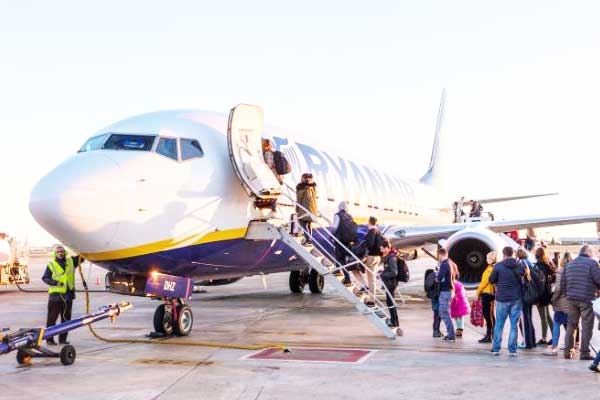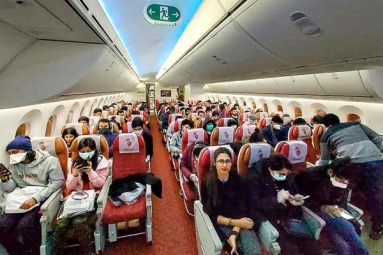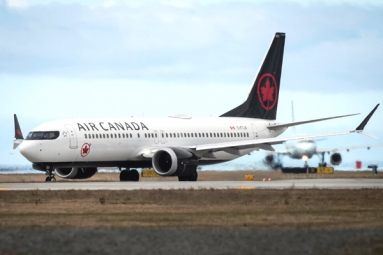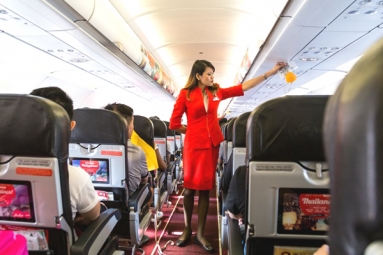
(Image source from: Canva.com)
Have you ever wondered why passengers always board planes on the left side? This seemingly small detail is a product of the aviation industry's tradition and practicality, based on historical performance and operational efficiency. There are several reasons for this standard procedure, which contributes to a smoother boarding process and increased security. Sandeep Chandra, a JetBlue pilot and former Indian Air Force fighter pilot, told indianexpress.com: "Before cruising became the norm, ships were designed so that passengers could board and disembark from the left or port side." about ships docking in ports on the left,” he continues. As air travel developed, this maritime tradition continued and aircraft were designed with passengers boarding on the left side. Over time, this became standard in the aviation industry, despite the very different nature of sea and air travel.
Chandra shows that arranging boarding on the left side and using the right side for catering and other services provides stability and efficiency in modern air travel logistics. He added: "This system simplifies operations, especially at airports where the jet bridge (a movable corridor connecting the terminal to the aircraft) is designed for entry from the left side." He added: "This Consistency in the aviation industry will reduce unnecessary disruptions and delays and make it easier for airports and airlines to manage the flow of passengers and services." Some airlines such as IndiGo are experimenting with "alternative boarding strategies, such as a three-door system that uses both sides of the aircraft said Chandra. This method is mainly used when a step stool is used to board instead of a jet bridge.
He said: "By allowing passengers to board and disembark from both sides, airlines can shorten boarding and disembarking times and ultimately save time on the ground.""However, this method has not been implemented because it requires certain conditions, for example the availability of ladders, and is not compatible with standard airport infrastructure such as jet bridges,” explains Chandra. However, the logistics of the current system are optimized for efficiency and passenger comfort, where catering and other services may be problematic for you. For example, passengers may have to maneuver around catering carts and maintenance staff, causing unnecessary congestion and potentially delays.



















